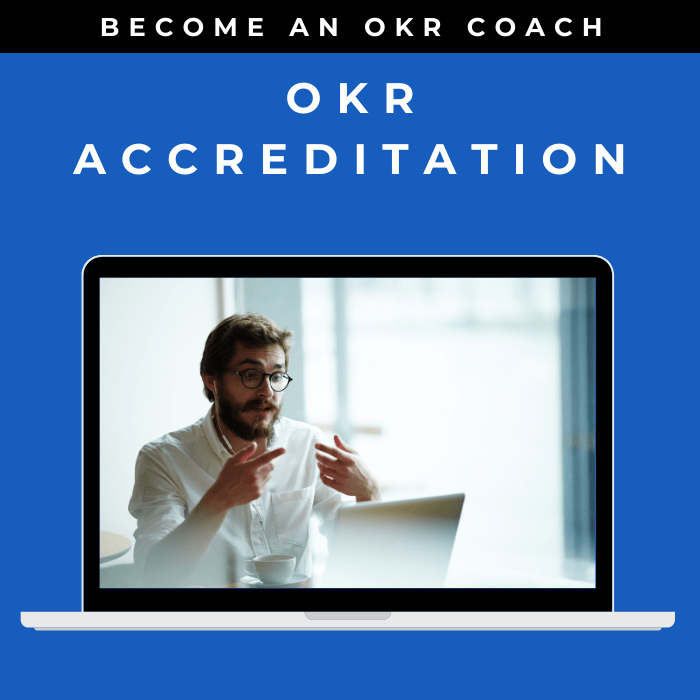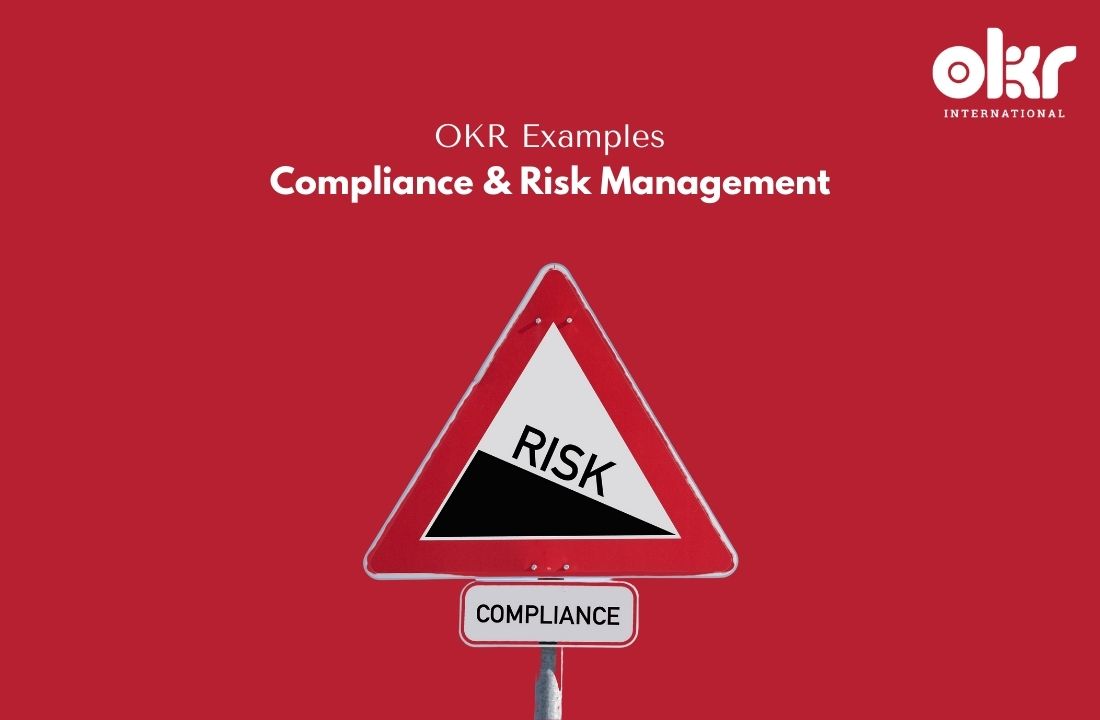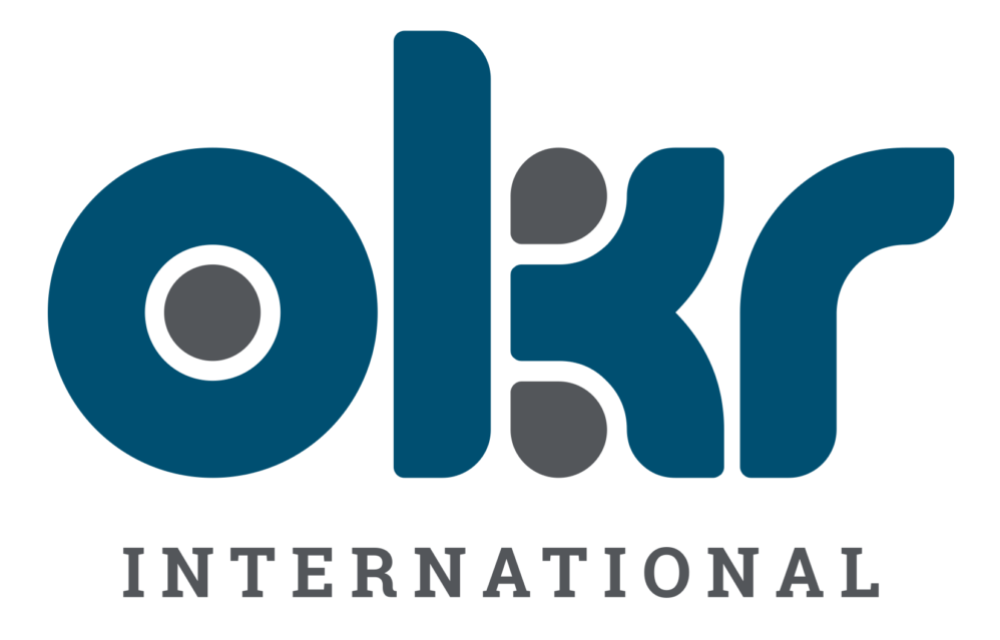10 Impressive OKR Examples in Compliance & Risk Management
Compliance and risk management are critical functions for organizations to ensure legal and regulatory adherence and mitigate potential risks. Objectives and Key Results (OKRs) can be powerful tools in driving excellence in compliance and risk management. Here, we present ten impressive OKR examples in compliance and risk management, offering valuable insights for organizations aiming to excel in these areas and achieve their compliance and risk objectives.
1. Enhancing Regulatory Compliance
Objective: Maintain compliance with applicable laws, regulations, and industry standards.
Key Results:
- Conduct regular compliance audits and achieve a 100% compliance rate across all departments.
- Implement necessary changes to address compliance gaps and achieve full compliance within the next six months.
- Establish a compliance training program and achieve a 90% completion rate among employees.
2. Strengthening Data Privacy and Security
Objective: Protect sensitive information and ensure data privacy and security.
Key Results:
- Conduct a comprehensive data privacy and security assessment and address identified vulnerabilities.
- Implement encryption and access control measures to safeguard sensitive data.
- Achieve a 95% customer satisfaction rate regarding data privacy and security practices.
3. Establishing a Risk Management Framework
Objective: Develop and implement a robust risk management framework.
Key Results:
- Identify and assess key risks across the organization and develop risk mitigation strategies.
- Establish a risk register to track and monitor identified risks and their mitigation progress.
- Reduce the average risk severity rating by 20% within the next six months.
4. Enhancing Compliance Training and Awareness
Objective: Promote a culture of compliance through training and awareness programs.
Key Results:
- Develop and deliver comprehensive compliance training for all employees and achieve a 90% completion rate.
- Conduct regular awareness campaigns to reinforce compliance practices and achieve a 95% awareness rate among employees.
- Measure employee knowledge retention through compliance assessments and achieve an 80% average score.
5. Strengthening Third-Party Risk Management
Objective: Mitigate risks associated with third-party relationships.
Key Results:
- Conduct due diligence on existing and potential third-party vendors and rate their risk levels.
- Establish risk mitigation plans for high-risk third-party relationships and monitor their compliance.
- Achieve a 90% satisfaction rate from stakeholders regarding third-party risk management efforts.
6. Enhancing Compliance Monitoring and Reporting
Objective: Establish effective monitoring and reporting mechanisms for compliance activities.
Key Results:
- Implement a compliance monitoring system to track and report on compliance activities and metrics.
- Conduct regular compliance audits and achieve a 100% completion rate within the defined timeline.
- Achieve a 95% accuracy rate in compliance reporting and documentation.
7. Strengthening Internal Controls
Objective: Enhance internal control systems to mitigate risks and prevent fraud.
Key Results:
- Implement control assessments to identify control deficiencies and develop remediation plans.
- Conduct fraud risk assessments and implement fraud prevention controls and measures.
- Reduce the number of control deficiencies by 25% within the next six months.
8. Improving Incident Response and Business Continuity
Objective: Develop and implement effective incident response and business continuity plans.
Key Results:
- Establish an incident response team and conduct regular training exercises or simulations.
- Develop business continuity plans and achieve a 90% readiness rate.
- Measure the effectiveness of incident response and business continuity plans through post-incident evaluations and achieve a 95% satisfaction rate.
9. Enhancing Whistleblower Protection
Objective: Establish a safe and confidential reporting system for whistleblowers.
Key Results:
- Implement a secure reporting channel for whistleblowers and achieve a 100% confidentiality rate.
- Establish policies and procedures to protect whistleblowers from retaliation and ensure their anonymity.
- Measure employee trust and confidence in the whistleblower protection system and achieve an 80% satisfaction rate.
10. Strengthening Regulatory Relationship
Objective: Foster positive relationships with regulatory authorities.
Key Results:
- Establish regular communication channels with regulatory authorities and achieve a 90% satisfaction rate.
- Participate in industry working groups or forums to stay updated on regulatory changes.
- Achieve successful regulatory inspections or audits with no major findings.
By adopting these OKR examples in compliance and risk management, organizations can enhance their regulatory compliance, mitigate risks effectively, and foster a culture of compliance and risk awareness. These strategic objectives and key results serve as guiding principles for organizations seeking to excel in their compliance and risk management efforts and drive long-term success.

When looking to set OKRs, it’s natural to want examples to ignite the thought process or simply compare yours to OKR Examples. Check out our compendium of OKR Examples here.
Explore Our Range of Services
Bring OKRs (Objectives and Key Results) to your organisation with our tried & tested OKR Framework.


OKR International’s highly acclaimed Certified OKR Practitioner Program is the first and only OKR accreditation endorsed by ICF & HRCI for continuing education units.
OKR International helps leaders create the alignment, engagement and result orientation needed for growth by offering OKR Advisory services.




